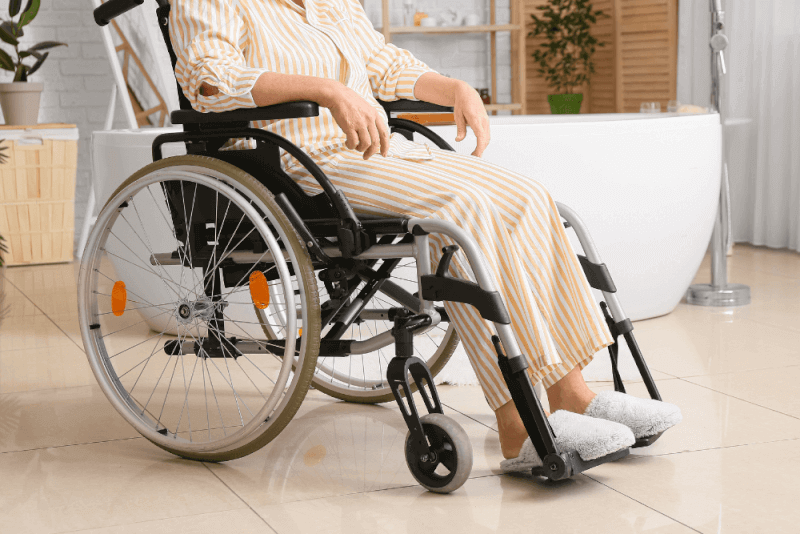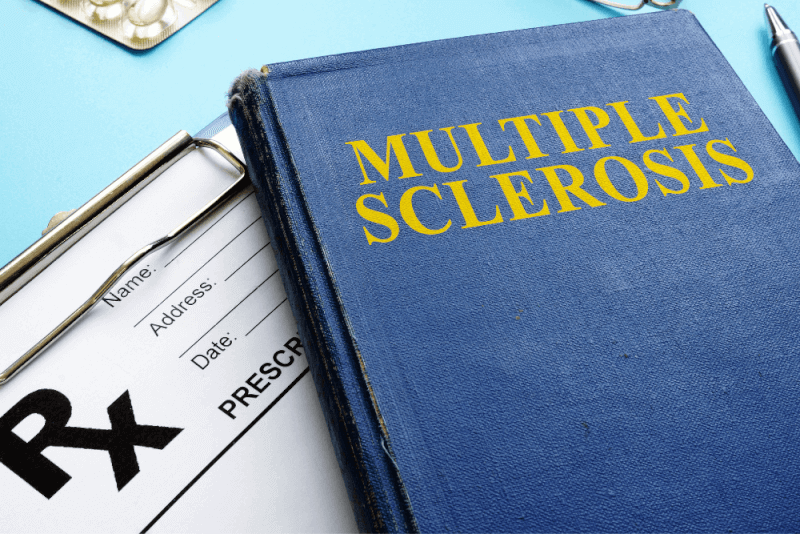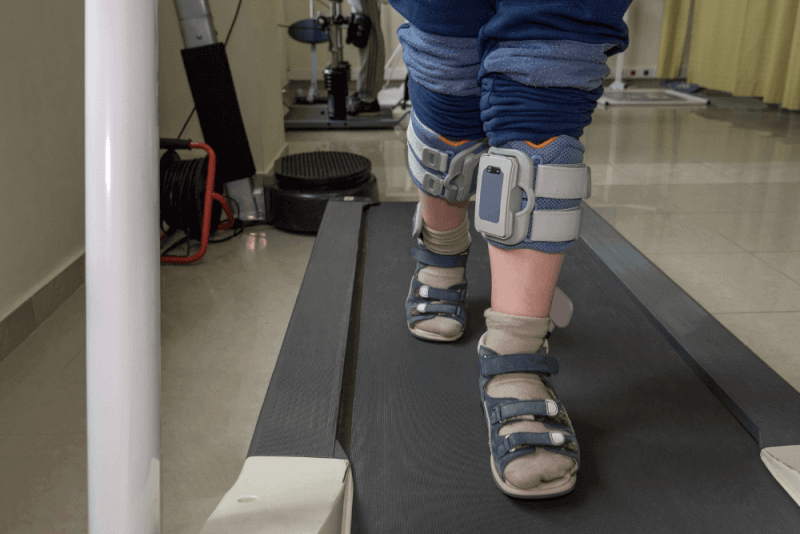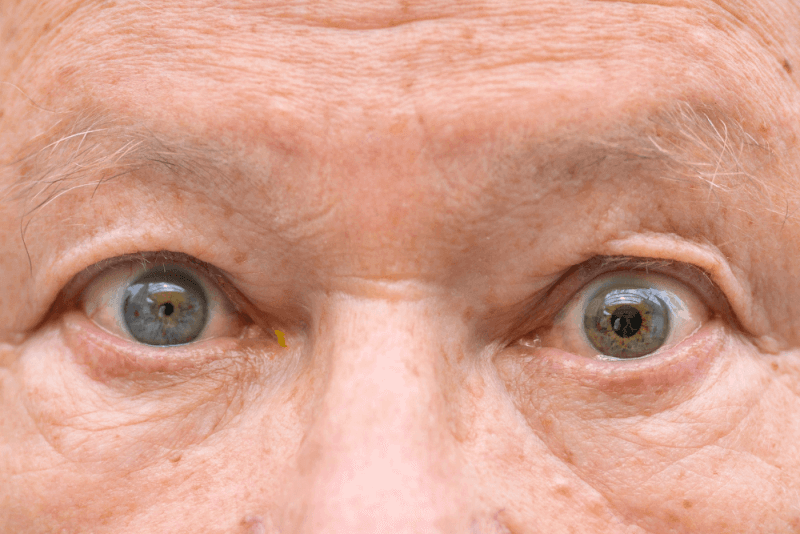What is Paraplegia (Spinal Cord Injury)?
Paraplegia is a specific form of paralysis that affects the legs. It is caused by a problem in the nervous system, and depending on how this issue occurs, it can have different effects on various body systems or processes. While it is a symptom, there are rare cases where it is a specific condition on its own.
What is Hereditary Spastic Paraplegia?
Hereditary Spastic Paraplegia, also known as HSP, refers to a group of over 80 different genetic conditions characterized by progressive spasticity and weakness. Many types of HSP are considered rare diseases. Among the different genetic types of HSP, there can be significant differences in the severity of leg weakness and the occurrence of other neurological symptoms. Even among individuals with the same type of HSP, there can be variations in the nature and severity of symptoms.
Types of Paraplegia (Spinal Cord Injury)
Spinal cord injuries are classified into two main categories based on the type of injury and muscle condition. The types of injuries include complete and incomplete injuries, while muscle conditions are further divided into flaccid paraplegia and spastic paraplegia.
Complete Injury
This term refers to a total loss of function, including sensation and the ability to move. Additionally, because the signals transmitted through the spinal cord are interrupted, automatic functions like bladder and bowel control are also lost.
Incomplete Injury
An incomplete injury means that there is some loss of function, but parts of the body can still be felt and moved. However, they are usually not as strong as before the injury.
Flaccid Paraplegia
This condition means that the muscles do not work at all or remain loose.
Spastic Paraplegia
In spastic paraplegia, the muscles do not work on their own and are characterized by uncontrolled contractions.
Diagnosis Criteria for Paraplegia (Spinal Cord Injury)
In the diagnosis of paraplegia, imaging systems such as magnetic resonance imaging (MRI) or computed tomography (CT) scans are used to understand the extent of the damage. Additionally, a comprehensive medical examination, including neurological tests to evaluate nerve functions, is conducted.
Symptoms of Paraplegia (Spinal Cord Injury)
The symptoms of spinal cord injury vary depending on the affected area. The effects of paraplegia are generally seen as follows:
Injury Between T1 and T6 Spinal Nerves
Injury in this area leads to complete paraplegia. The hips and legs are paralyzed, and there is no sensation in the abdominal muscles. This also results in loss of bladder and bowel control. Injuries at this level can cause difficulties with coughing and deep breathing.
Injury Between T7 and T12 Spinal Nerves
This type of injury also causes complete paraplegia. However, since the chest muscles are not affected, there are no problems with coughing and deep breathing.
Injury Between L1 and L2 Spinal Nerves
Injuries in this area also lead to complete paraplegia, and while the chest and abdominal muscles are not affected, patients still require a wheelchair for mobility. These patients may also experience loss of bowel and bladder control.
Injury Between L3 and S5 Spinal Nerves
Incomplete paraplegia becomes more common as the injury occurs lower down the spine. At this level, patients may still be able to walk with the aid of a walker. However, bowel movements and bladder function may still be affected.
Causes of Paraplegia (Spinal Cord Injury)
The most common cause of spinal cord injury is trauma to the spinal cord. These injuries can occur in various ways. The most common causes include:
- Traffic accidents
- Penetrating injuries, especially from gunshots or knife wounds
- Falls in adults with conditions affecting bone density
Other common causes of spinal cord injury include:
- Cancers and tumors in the spine
- Cysts or fluid-filled spaces in the spinal cord
- Infections that attack or compress the spinal cord
- Lack of blood flow due to a blocked or ruptured blood vessel
- Nerve damage related to diabetes
- Congenital spinal cord structural problems
- Birth injuries that occur during birth or early childhood, leading to conditions such as cerebral palsy
- Autoimmune or inflammatory conditions
- Genetic conditions such as hereditary spastic paraplegia
Treatment Methods for Paraplegia (Spinal Cord Injury)
Paraplegia is a symptom of conditions affecting the spinal cord or nervous system, making it a medical emergency. The treatment aims to eliminate the underlying cause of paraplegia.
Physical Therapy for Paraplegia (Spinal Cord Injury)
The primary goal of physical therapy for individuals with spinal cord injury is to teach the spinal cord to adapt by reorganizing and strengthening the nerve pathways. There are many different types of exercises, but the most commonly used include:
Range of Motion Exercises
Passive range of motion exercises help prevent joint stiffness, promote circulation, and stimulate the spinal cord. These exercises are called passive because the paralyzed limbs are moved by someone else.
Muscle Strengthening Exercises
Spinal cord injury often leads to muscle weakness due to lack of use. Strengthening exercises can help regain and maintain some of the lost muscle mass. Muscle strengthening exercises are especially important in preventing complications associated with paraplegia.
Stretching
Individuals with spinal cord injury often experience muscle spasticity. Spasticity refers to involuntary muscle contractions caused by disrupted signals between the brain and muscles. Physical therapists use stretching exercises to help reduce the pain caused by spasticity. Additionally, stretching helps prevent injuries and improve the range of motion.
Gait Training
Gait training helps individuals with spinal cord injuries relearn how to walk. It typically involves the use of supportive devices such as parallel bars, walkers, and weight-bearing equipment. Physical therapists focus on improving coordination and strength in the legs while also targeting the core to enhance balance and stability. Special attention is given to safety during upright movement. Some individuals may require the use of a safety belt to maintain balance during gait training. As a result, gait training helps strengthen the legs, gradually enabling the hips, knees, and ankles to bear more weight.
Surgery for Paraplegia (Spinal Cord Injury)
While there is no surgical procedure to cure spinal cord injury, various surgical techniques are used to treat injuries to the spinal cord caused by different reasons. These surgeries are performed in different ways depending on the severity of the injury, its location, and the patient's other characteristics.
However, the primary goal of these surgeries is not to cure paraplegia but to help prevent paraplegia caused by spinal cord injuries. Therefore, there is no surgical method applicable to all patients with paraplegia.
Recovery Process for Paraplegia (Spinal Cord Injury)
When paraplegia occurs due to spinal cord injuries, the recovery process can take a long time. It is crucial to apply controlled treatment to avoid further damage to the affected area. After the swelling in the problematic area is reduced and tissue healing begins, rapid improvement is generally observed in patients within the first 6 months. Supporting their care with diet and exercise is vital in accelerating the recovery process.
It is not always possible for some individuals with spinal cord injuries to return fully to their previous lives. In many cases, even with physical therapy and other treatments, it may not be possible to regain all functions. However, recovery can still occur years after the spinal cord injury.








